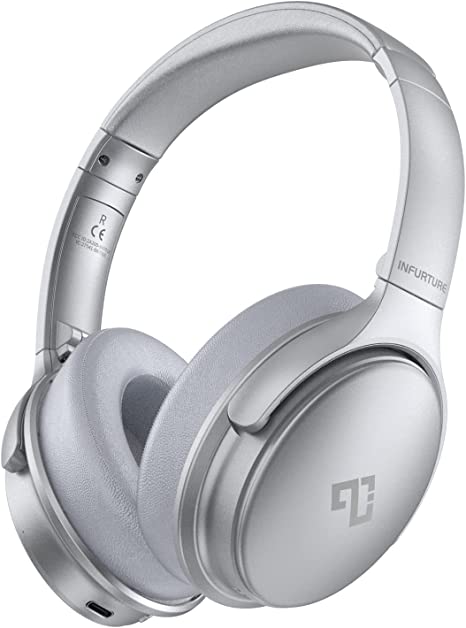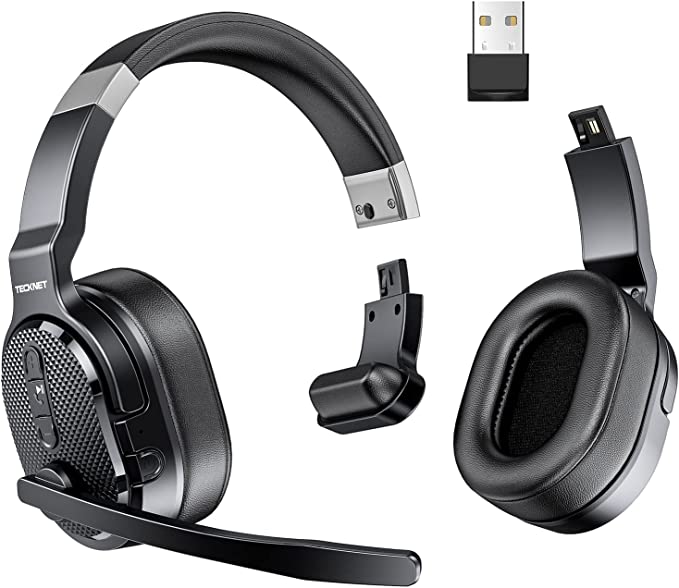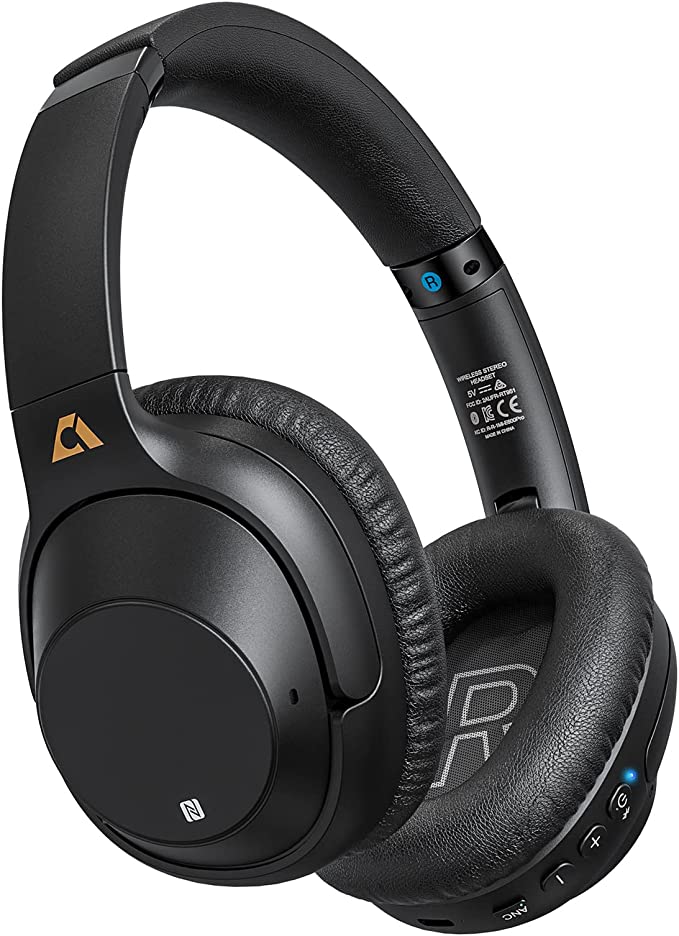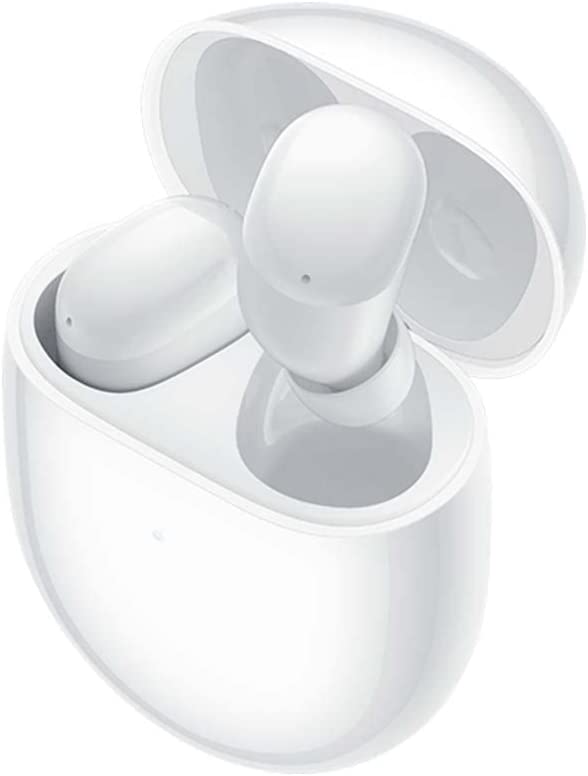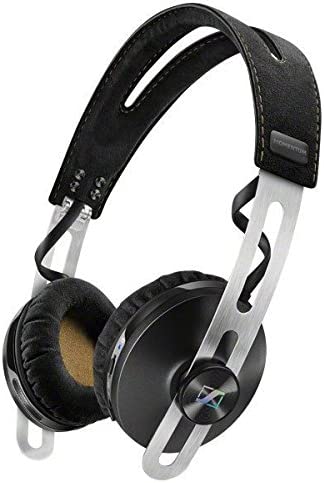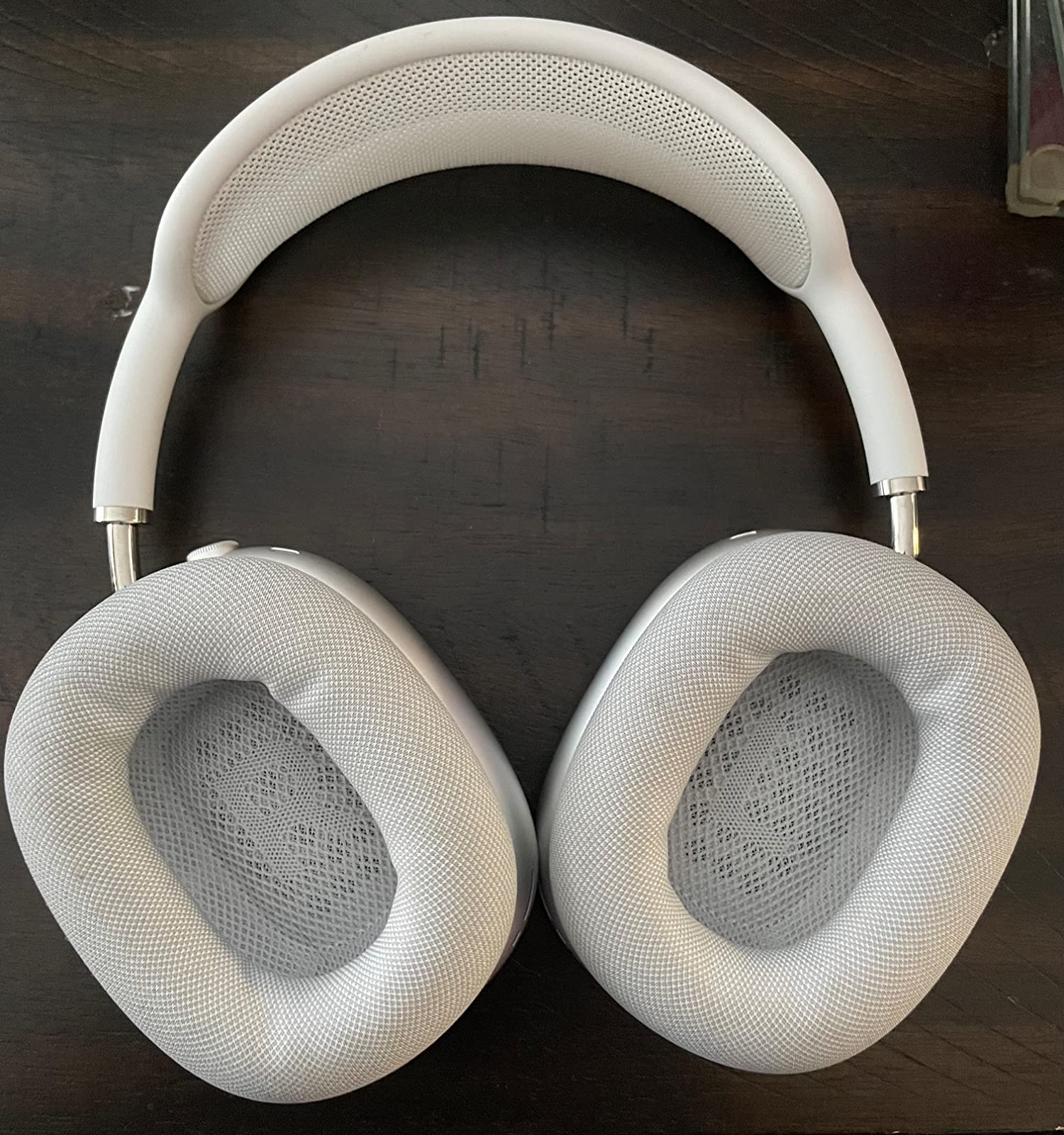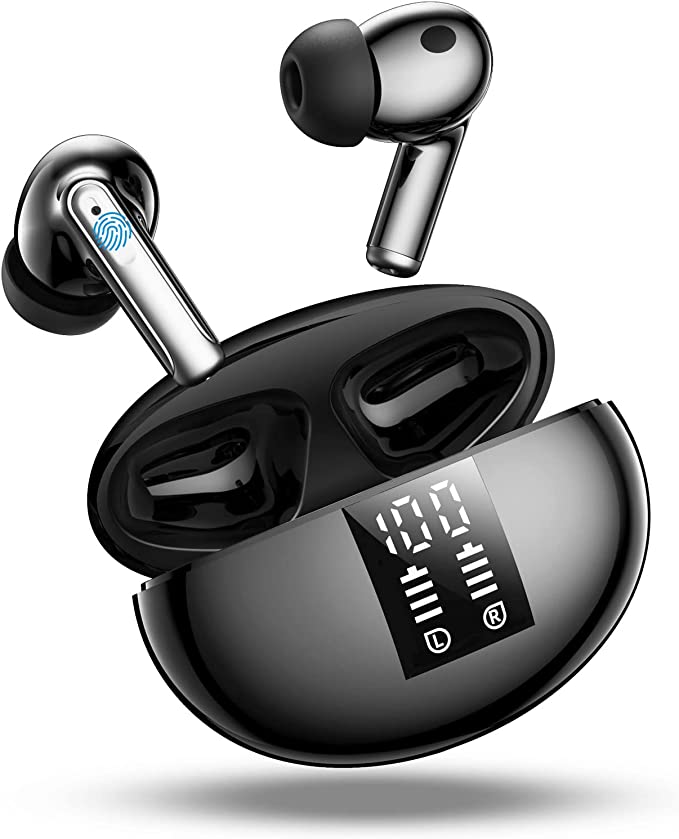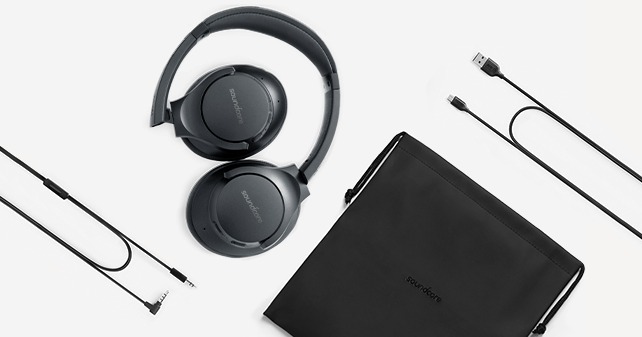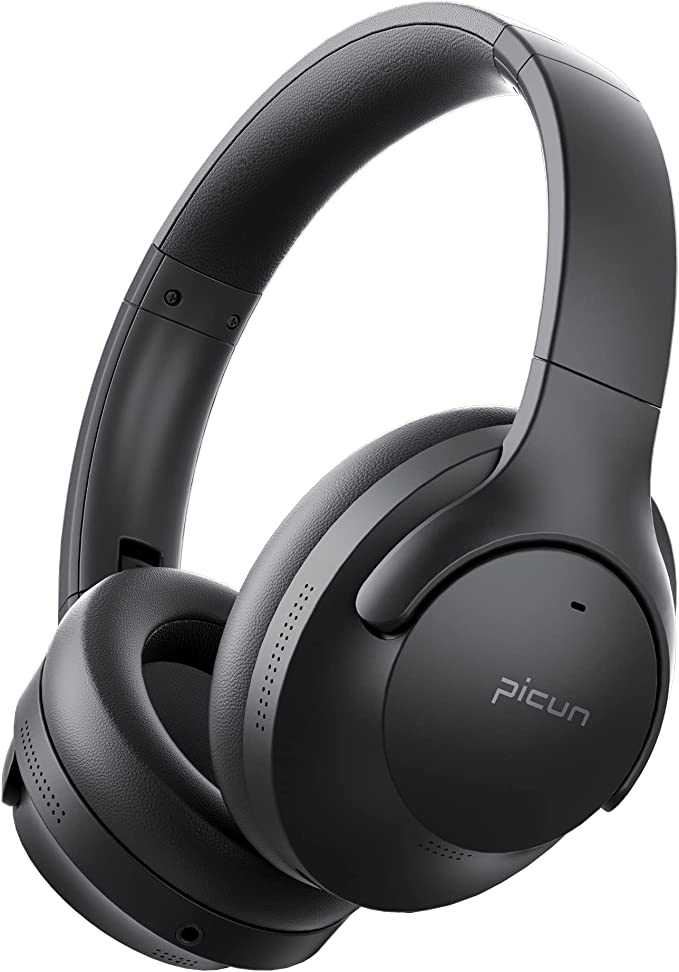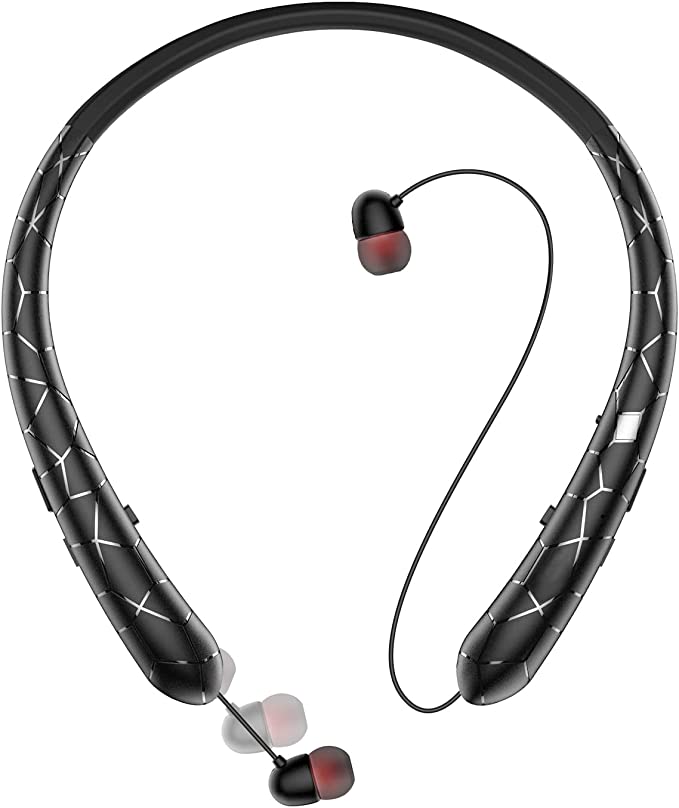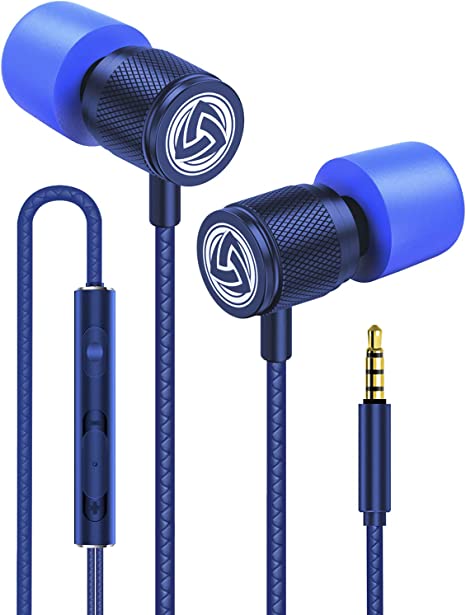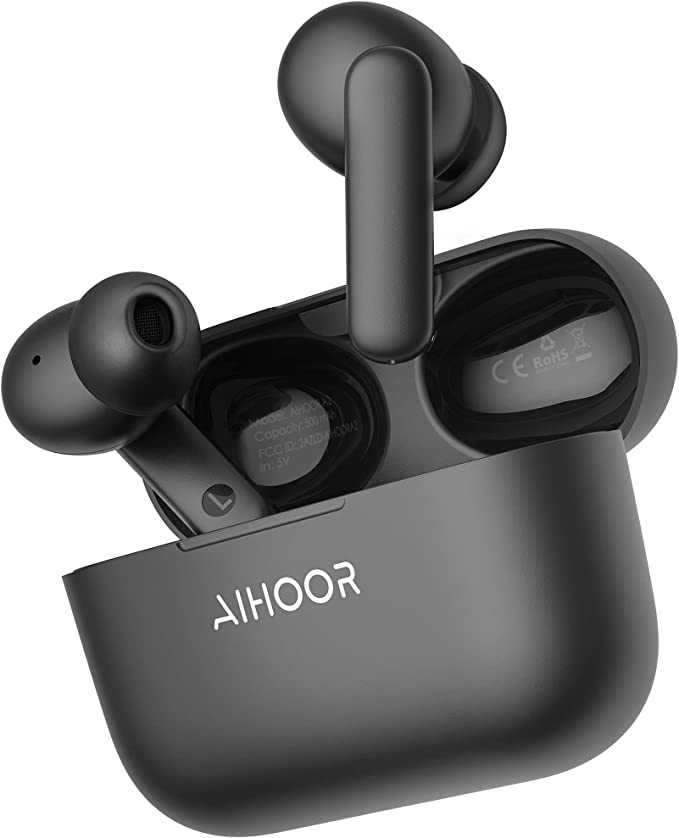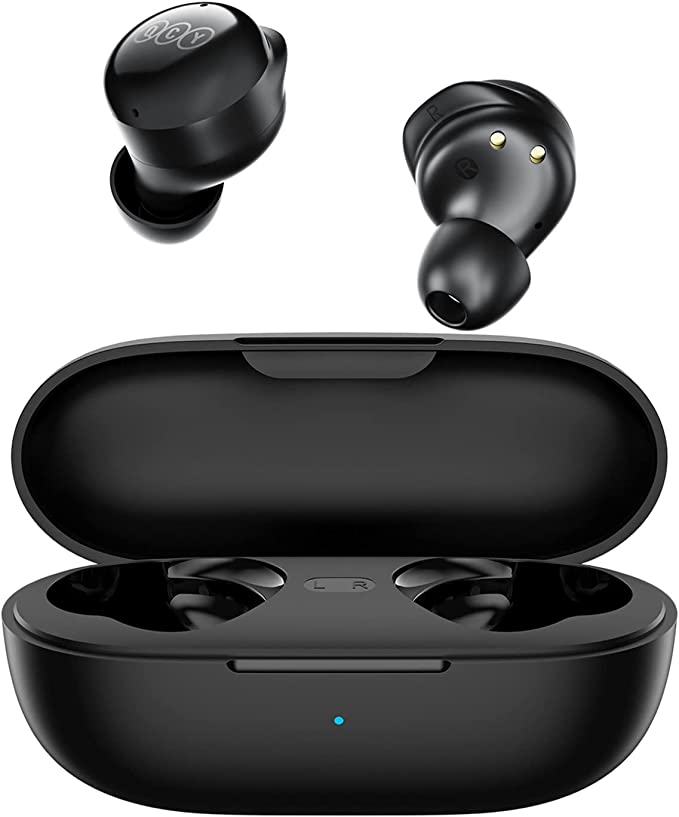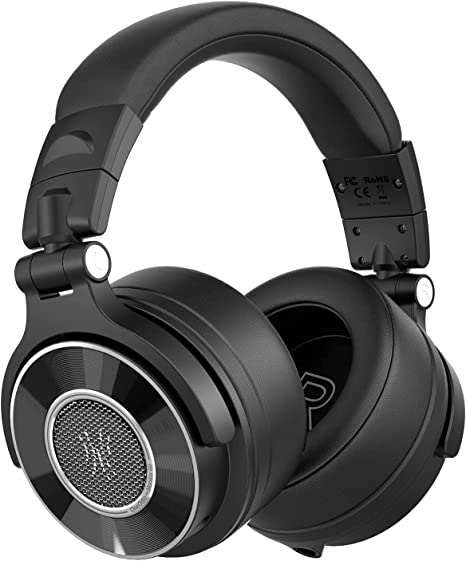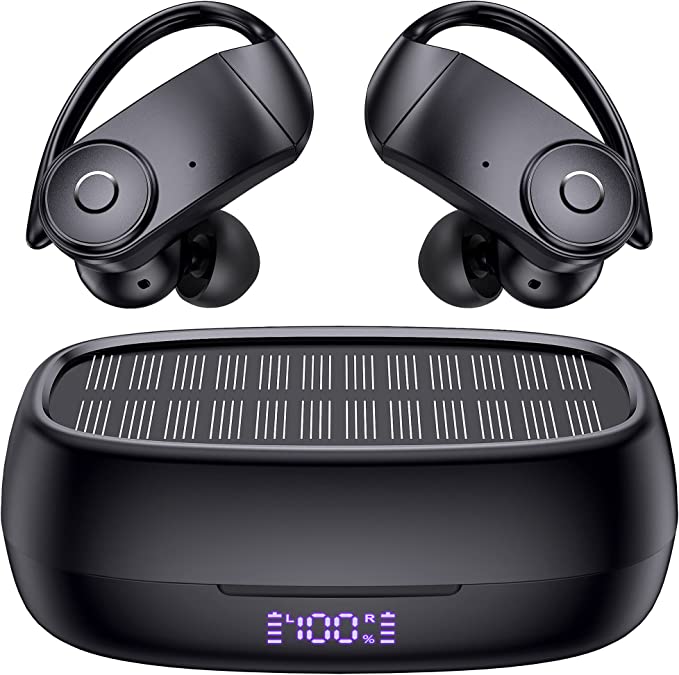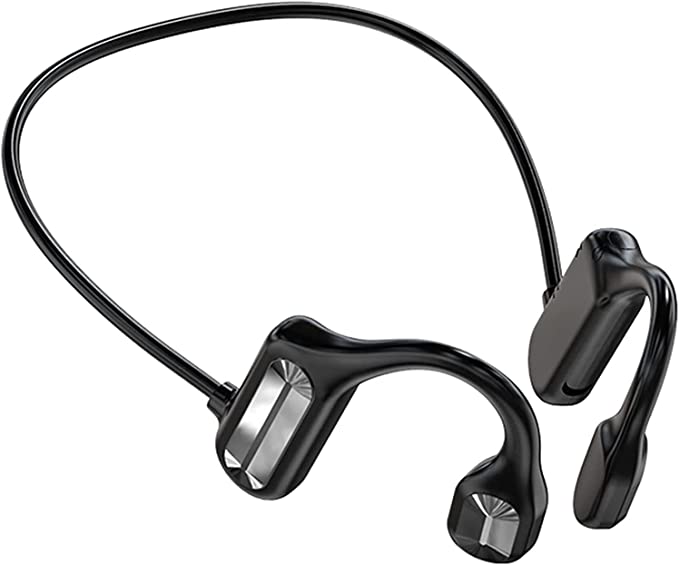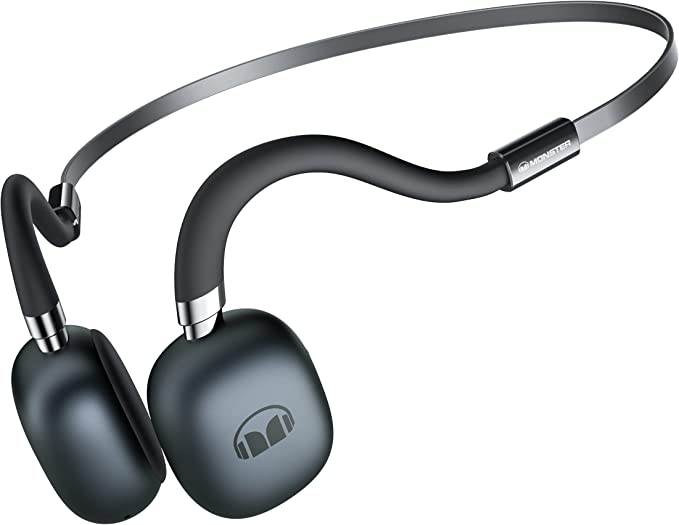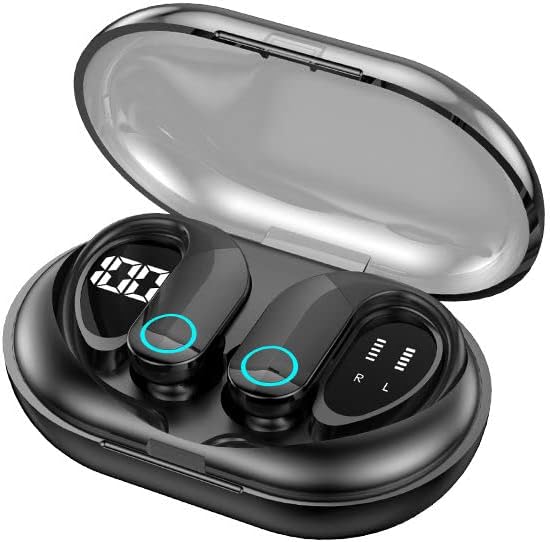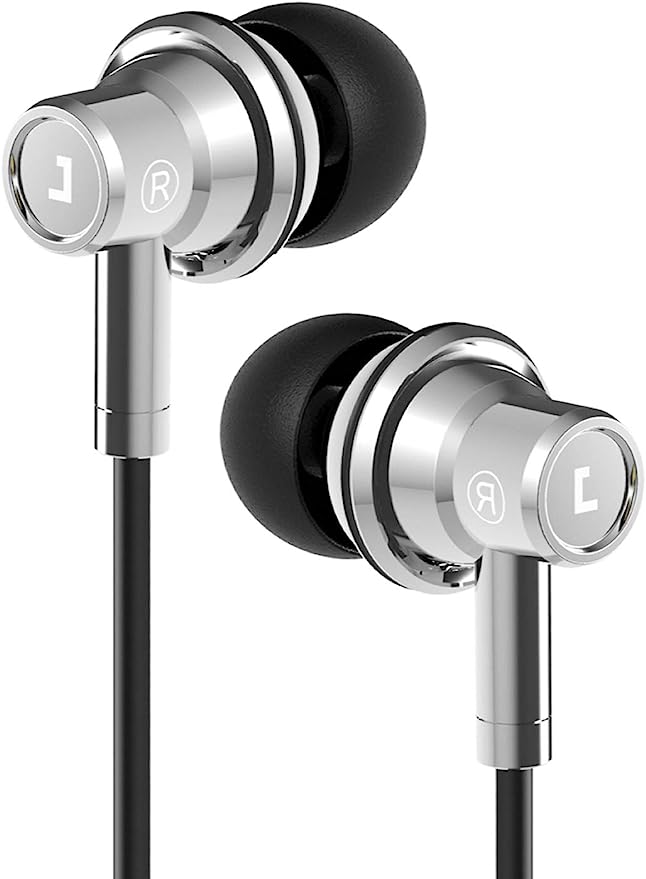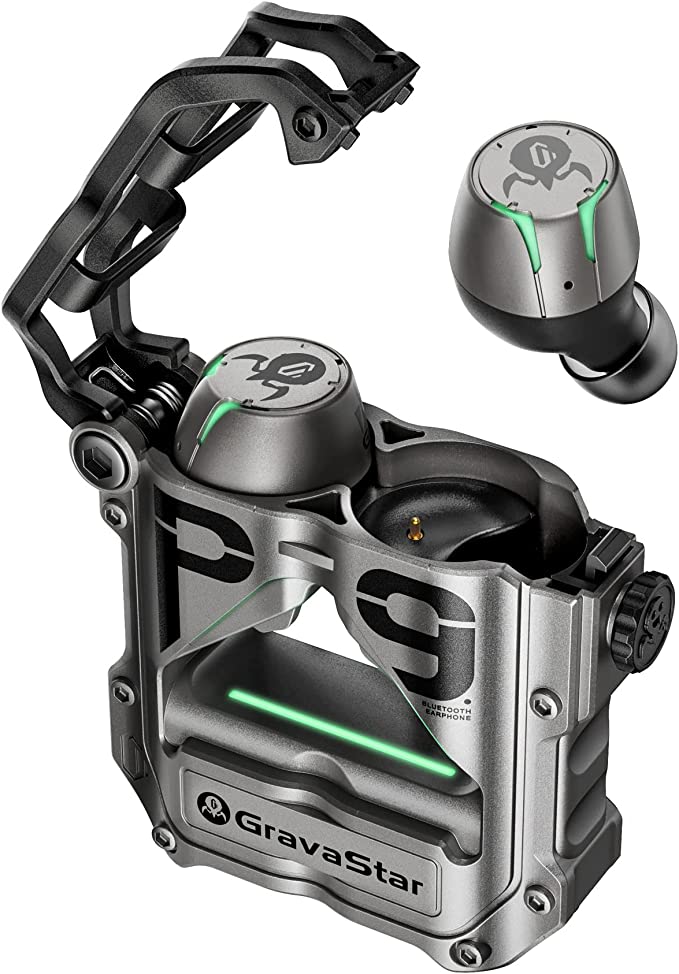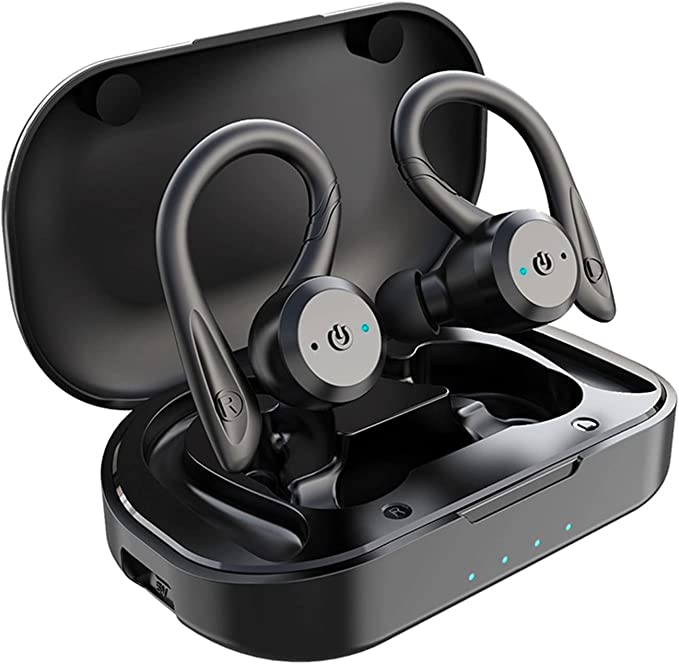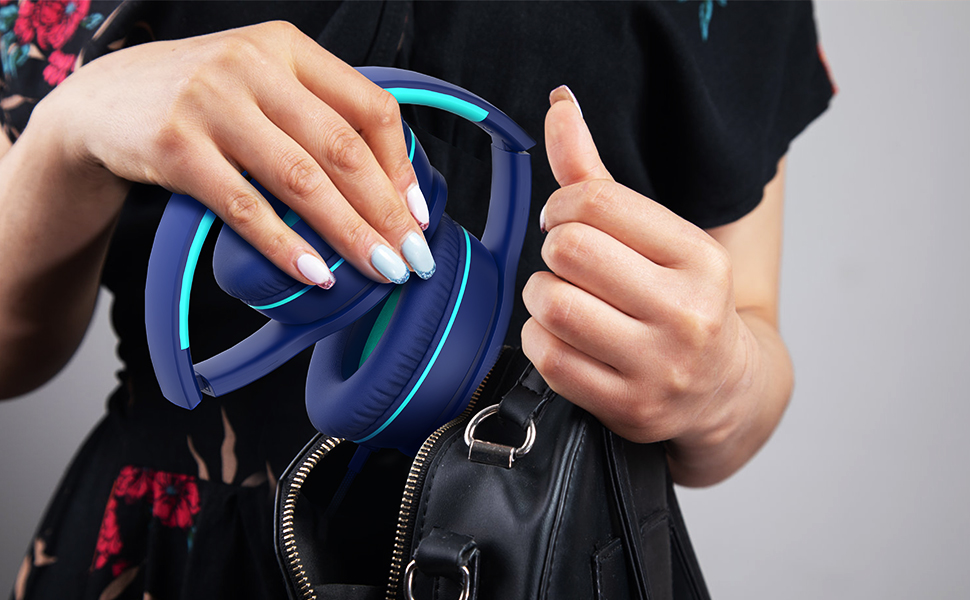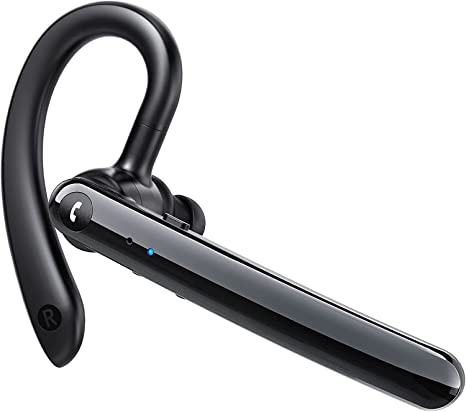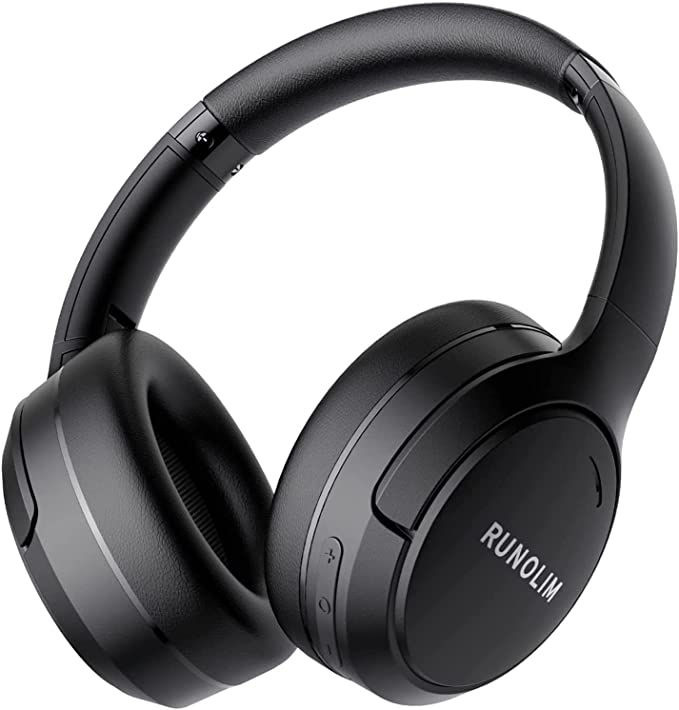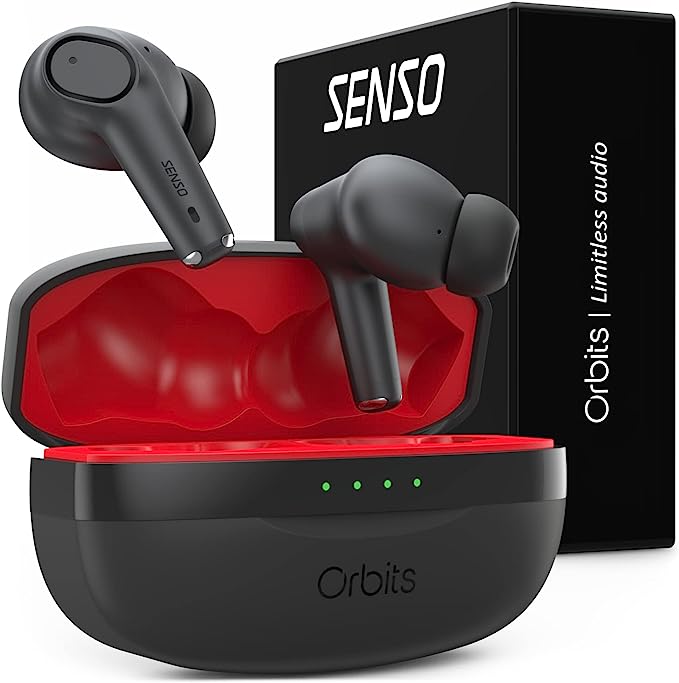BERIBES BEWH305B Headphones: Escape the Noise, Embrace Your Sound
Update on July 24, 2025, 6:32 a.m.
It’s 1978. Somewhere over the Atlantic, an audio engineer and MIT professor is on a flight from Zurich to Boston, attempting to enjoy a new set of electronic airline headphones. But he can’t. The relentless, deafening roar of the jet engines bleeds through, reducing the music to a faint, tinny whisper. In a moment of profound frustration, Dr. Amar Bose doesn’t just get annoyed; he grabs a napkin and begins scrawling equations. He realizes the problem isn’t a lack of volume. The problem is an excess of noise. You can’t simply block it; you have to actively erase it.
That inflight epiphany is often hailed as the birth of active noise-cancelling headphones. But in truth, it was not a beginning. It was the critical, galvanizing moment in a scientific quest that had begun nearly half a century earlier. The technology packed into a modern, accessible headset like the BERIBES BEWH305B Hybrid Active Noise Cancelling Headphones is the direct descendant of this long journey—a quiet revolution built on a symphony of physics, engineering, and a deep understanding of how we hear.

The Genesis of an Idea: A Physicist’s Dream
To find the origin, we must travel back to 1933. German physicist Paul Lueg files a patent for a truly audacious, almost science-fiction concept. He theorized that if you could detect a sound wave, instantly invert it to create a perfect “anti-sound” wave, and play it back at the source of the original sound, the two waves would meet and annihilate each other in a puff of silence. This is the foundational law of active noise cancellation: destructive interference. It’s a principle of elegant simplicity, a dance of pure physics where a wave’s peak meets another’s trough, and the result is a flat line—nothingness.
For decades, however, Lueg’s brilliant idea remained just that: an idea. The concept was sound, but the technology was not. The electronics of the era were far too slow to perform the near-instantaneous detection, inversion, and playback required. The dream of personal, controllable silence had to wait for the invention of the microprocessor and, specifically, the lightning-fast brain that now sits at the heart of every ANC headset: the Digital Signal Processor (DSP).

The Unsung Science: Why Silence Sounds So Good
The true magic of noise cancellation, however, goes far beyond simply muting the world. It fundamentally changes our relationship with the music we listen to, and the reason lies in the fascinating field of psychoacoustics—the study of how our brain perceives sound.
Our ears are not linear, objective microphones. They are deeply influenced by context. One of the most powerful phenomena at play is known as Auditory Masking. A loud, dominant sound (like the drone of an airplane engine) will effectively “mask,” or render inaudible, quieter sounds that occupy the same frequency range. The delicate shimmer of a cymbal, the subtle breath of a vocalist, the rich decay of a piano chord—all of these details are simply erased by the wall of ambient noise before they can even reach our brain.
Furthermore, our hearing sensitivity is not uniform across all frequencies, a phenomenon described by the equal-loudness contours (or Fletcher-Munson curves). These curves show that at lower volumes, our ears are significantly less sensitive to very low and very high frequencies. To perceive a rich, full-bodied sound in a noisy environment, we instinctively turn the volume up, forcing those bass and treble frequencies to a level where they can compete with the background din.
This is where active noise cancellation performs its most profound trick. By removing the masking noise floor, it liberates the music. Suddenly, we can listen at a much lower, safer volume, yet our brain perceives the sound as being richer and more detailed. The deep bass and crisp highs are no longer fighting for our attention; they exist on a clean, quiet canvas. In essence, ANC doesn’t just subtract noise; it adds back clarity and fidelity that was always there, just hidden.

The Modern Alchemist: Inside the Digital Heart of ANC
The component that finally made Paul Lueg’s 1933 dream a reality is the Digital Signal Processor (DSP). This tiny chip is the modern alchemist, turning noise into silence. Its method relies on a powerful mathematical tool known as Fourier Analysis, which dictates that any complex soundwave, no matter how chaotic, is simply a combination of many simple, pure sine waves.
The DSP in a headset like the BERIBES BEWH305B acts like a prism in reverse. It captures the incoming ambient noise through its microphones and, in a fraction of a millisecond, uses Fourier analysis to break it down into its constituent sine waves. It then creates a perfect, 180-degree out-of-phase mirror image of each one and plays this “anti-noise” through the headphone’s speakers. The symphony of silent collisions happens right at your eardrum.
The “Hybrid” ANC system refines this process into a sophisticated surveillance network. A feed-forward microphone on the outside acts as long-range radar, detecting noise before it hits you. A feed-back microphone on the inside acts as close-quarters defense, neutralizing any sound that leaks past. This dual-mic strategy allows the DSP to create a far more accurate and robust cancellation signal across a wider range of frequencies, which is why it’s particularly effective against the persistent, low-frequency hums of engines, fans, and air conditioners.

From Silence to Symphony: The Art of Moving Air
With the canvas of silence impeccably prepared, the artist—the headphone’s 40mm driver—can finally paint its masterpiece. A driver’s job is to translate an electrical signal into physical vibrations, moving air to create sound. But not all drivers are created equal. The quality of that sound depends heavily on the physical properties of its diaphragm, the vibrating cone.
An ideal diaphragm must be two things at once: incredibly light, so it can move and stop with near-instantaneous speed, and extremely rigid, so it doesn’t bend or warp during movement, which would cause distortion. This balance defines the driver’s transient response—its ability to accurately reproduce the sharp, percussive “attack” of a sound, like the crack of a snare drum or the pluck of a guitar string. The large 40mm surface area, combined with modern polymer materials, allows the driver to move a significant volume of air for powerful bass while maintaining the lightness and stiffness needed for crisp, clear transients across the entire audio spectrum.
The final, invisible link in this chain is the wireless connection itself. Bluetooth 5.3 represents a leap in efficiency, ensuring a stable connection with minimal power draw—the engineering feat behind the impressive 65-hour playtime. The audio is compressed into digital packets for its wireless journey using a codec. While the baseline codec (SBC) is universal, more advanced ones like AAC provide a more efficient “packaging” method, preserving more of the original audio data for a cleaner, more detailed listening experience on compatible devices.

The Democratization of Quiet
From a speculative patent in the Great Depression to the cockpits of fighter jets, and finally to a flash of insight on a commercial flight, the path of active noise cancellation has been long. Today, this once-exotic, exorbitantly expensive technology has been refined, miniaturized, and democratized.
Headphones like the BERIBES BEWH305B are more than just peripherals; they are personal, portable sanctuaries. They are a testament to a century of scientific curiosity and relentless engineering. By understanding the intricate dance of waves, the quirks of human perception, and the power of digital processing, we have finally learned not just to make noise, but to unmake it. The true revolution, then, is not just in the technology itself, but in the simple, profound power it grants us: the ability to press a button and, in an instant, conduct our own personal symphony of silence.
